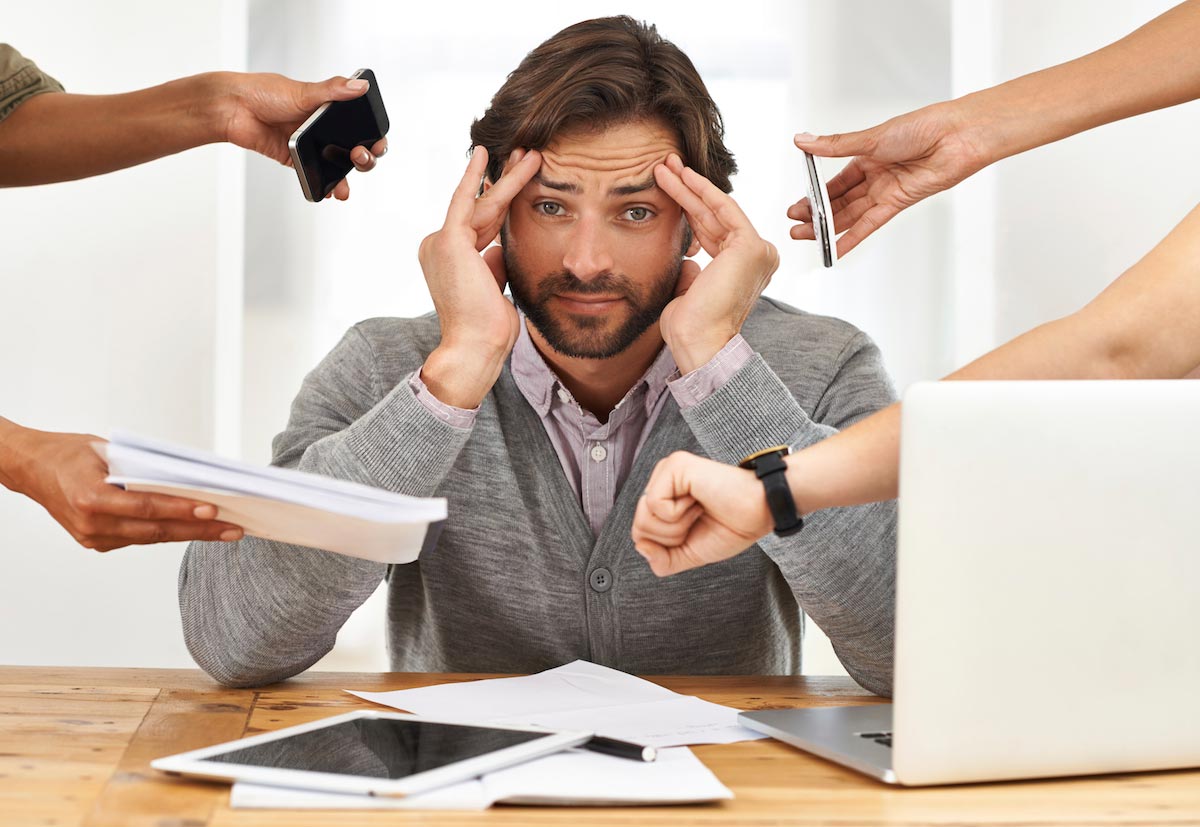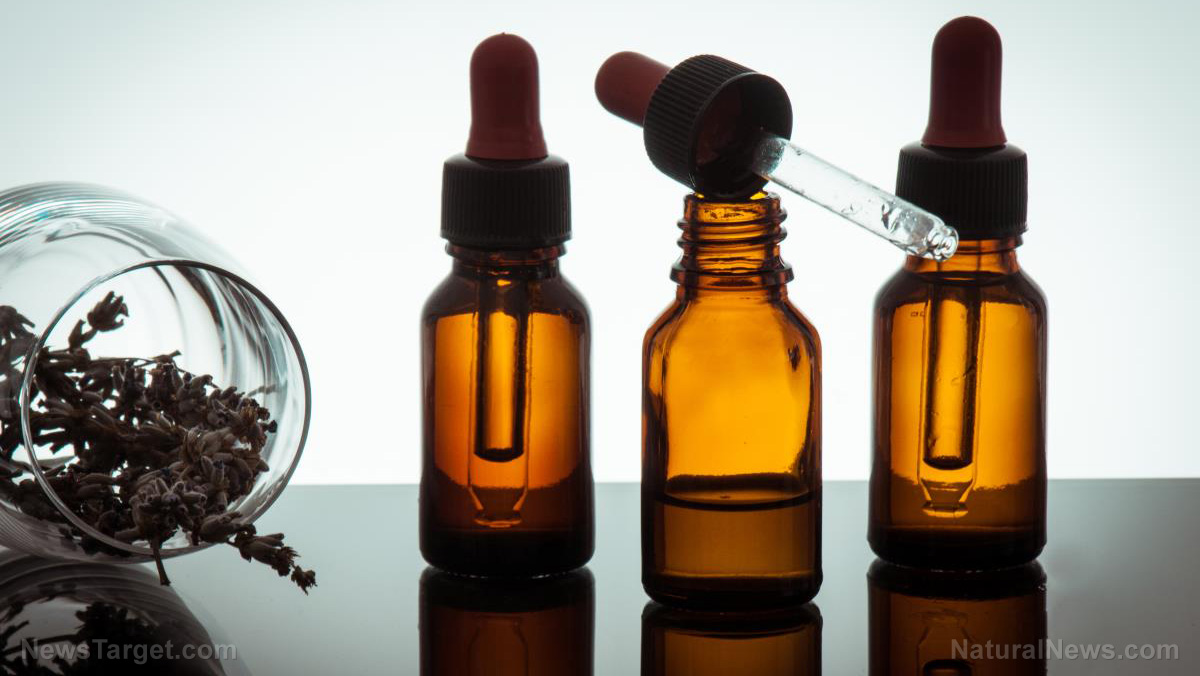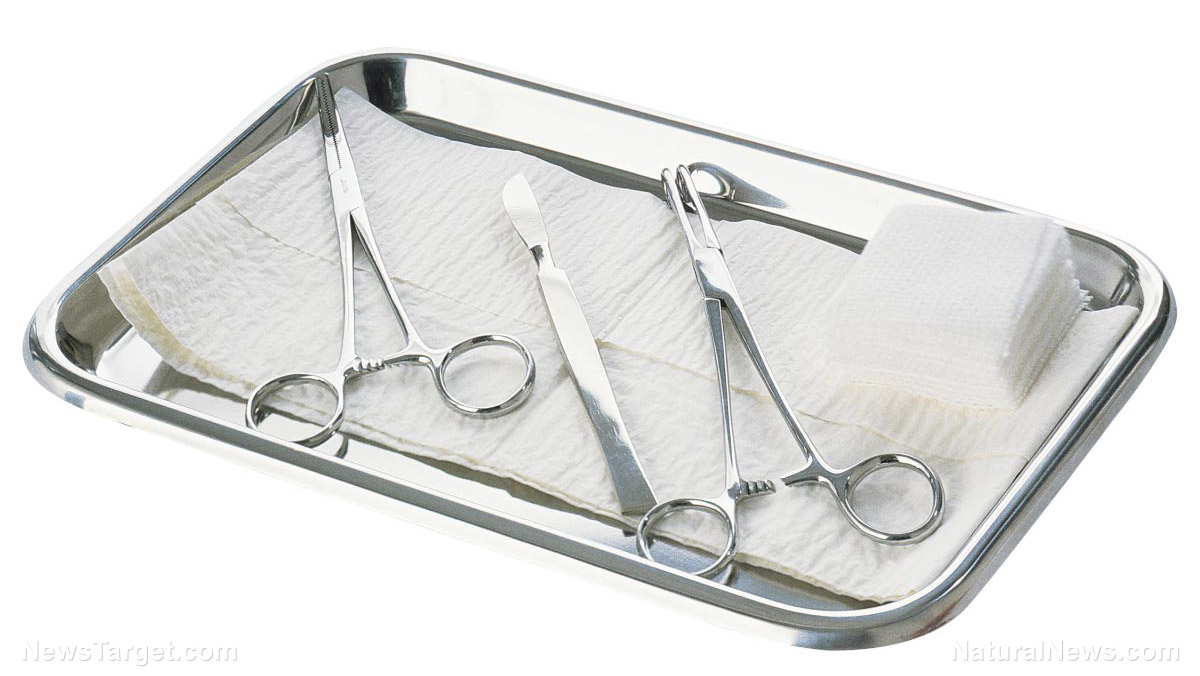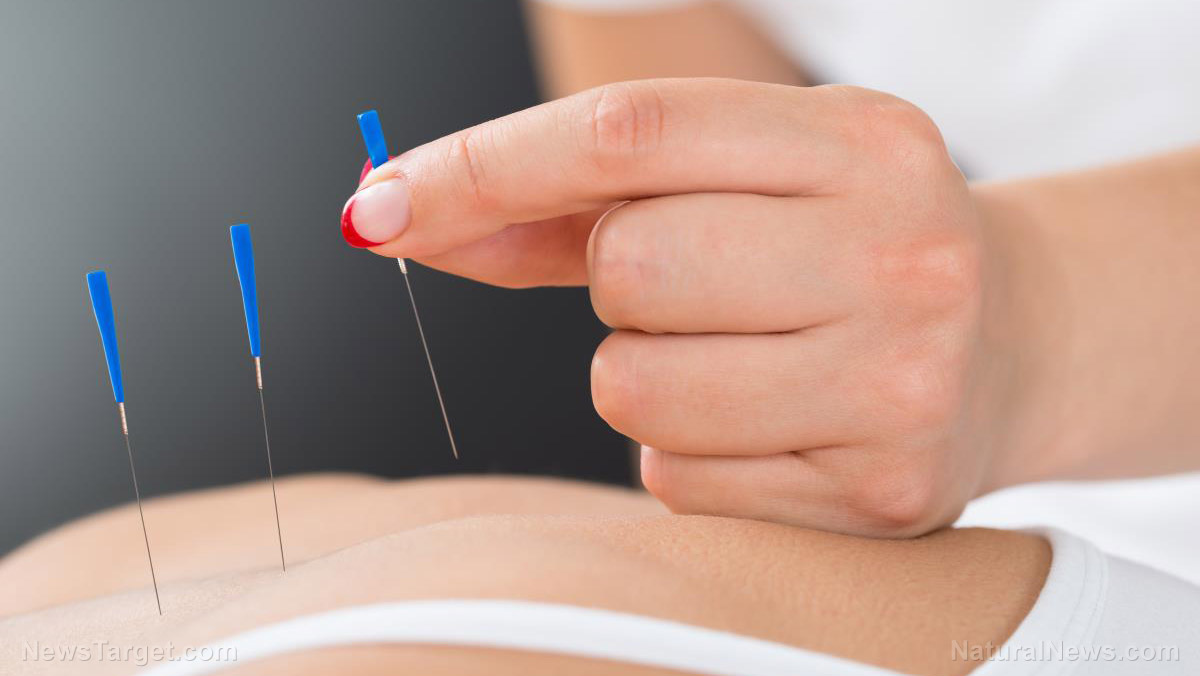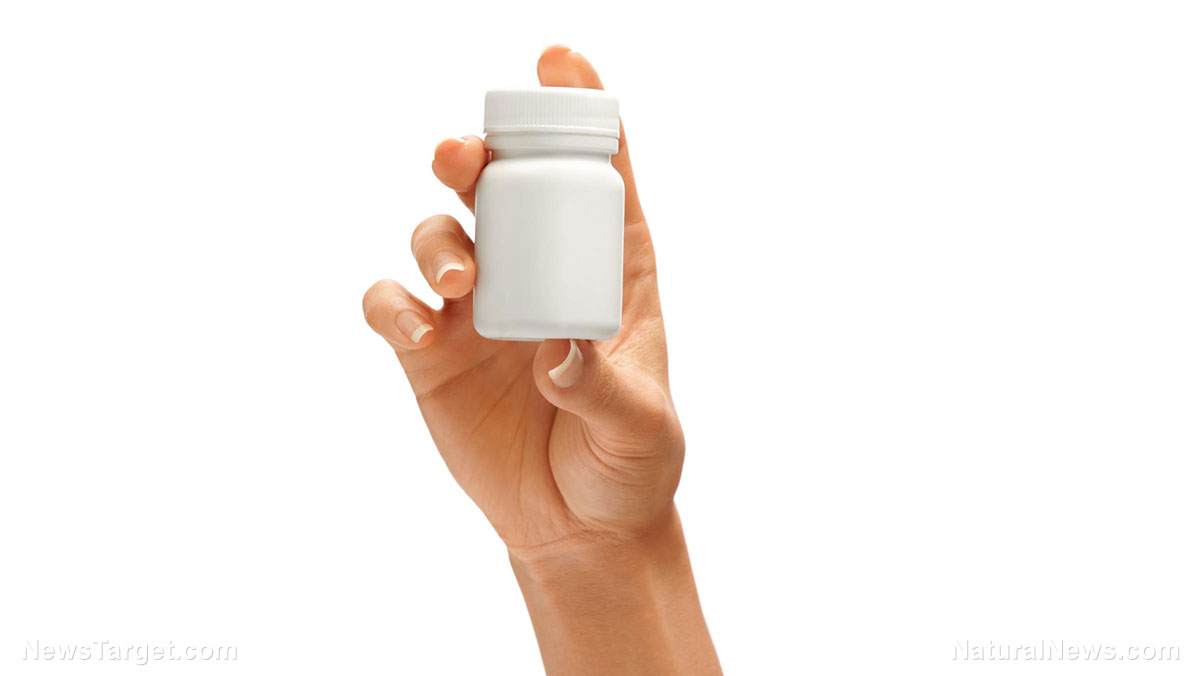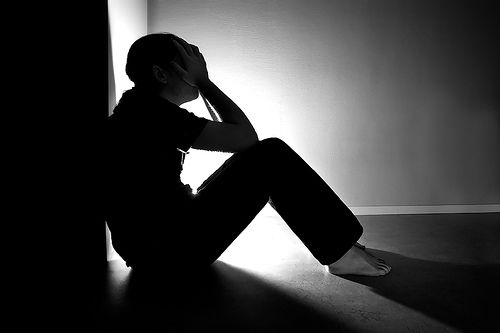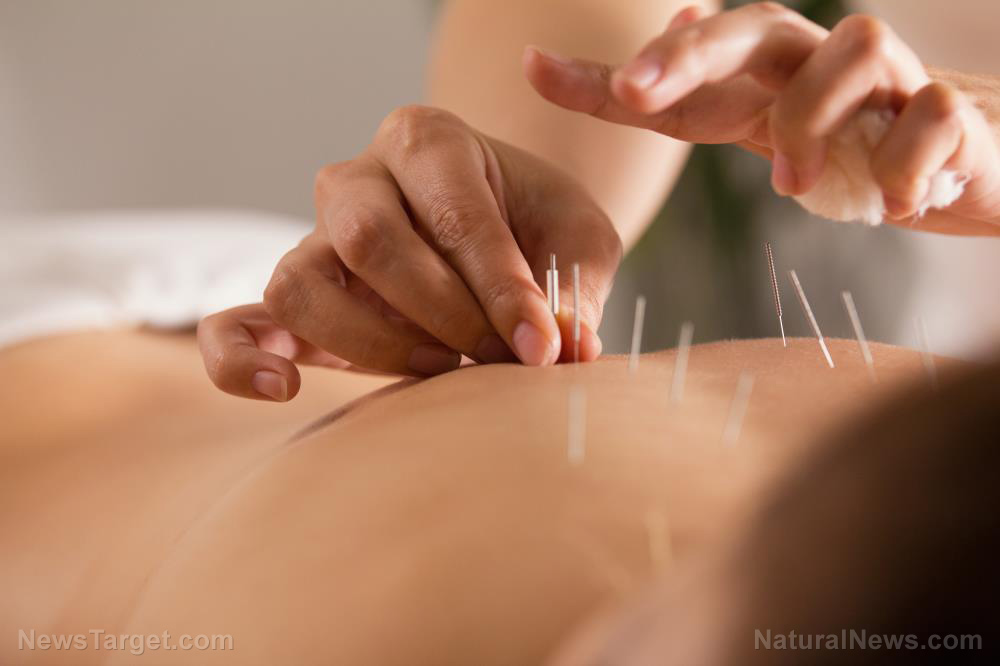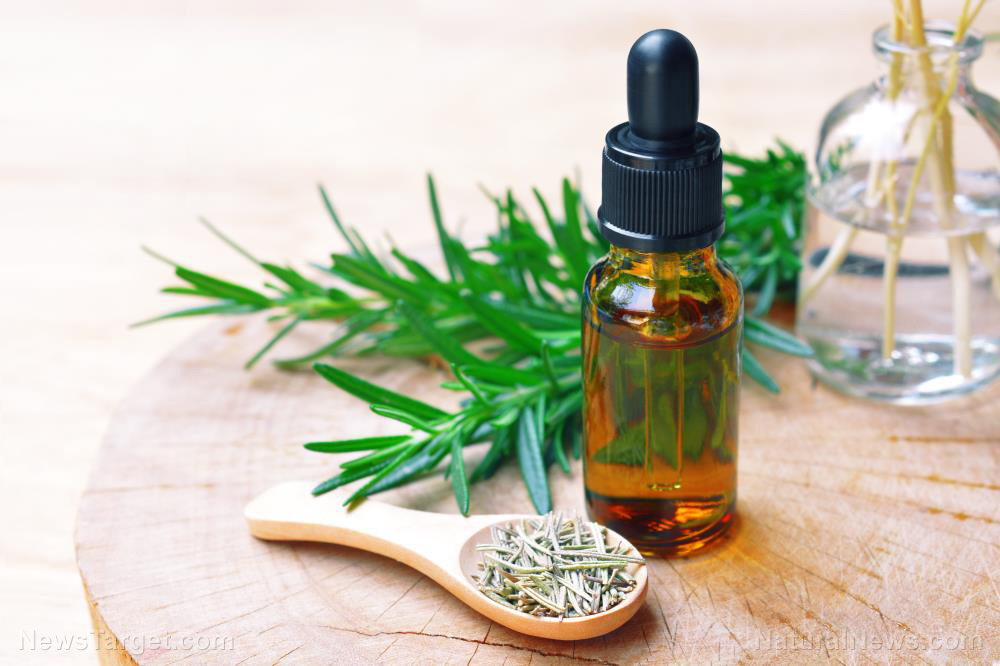Poisoned: Toxic head lice treatment linked to alterations in behavior
03/12/2017 / By Tracey Watson
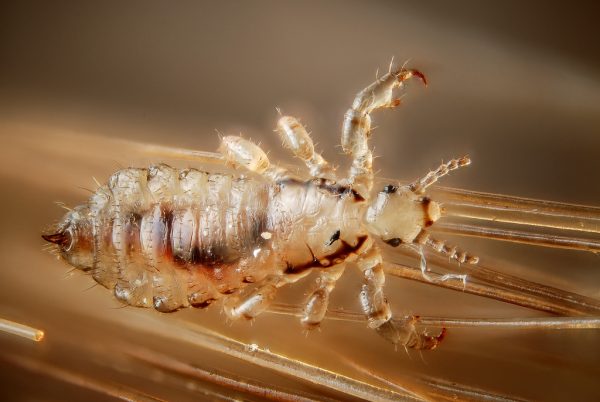
It’s every parent’s nightmare: Your son comes home one day and announces that somebody in the school has head lice. You wait anxiously to see if your child is going to be one of the victims, and a few days later find out that indeed he is, and now you will have to deal with trying to get the tenacious little bugs out of his hair. Miserably, you dig out the lice comb and head for the pharmacy for some of that “special” lice shampoo. That might not be the best solution though, as a recent study has raised concerns that the active ingredient in those shampoos – pyrethroids – could affect the nerve activity of your child’s brain, resulting in permanent social and behavioral problems.
Pyrethroids are chemicals used in agricultural insecticides, mosquito repellents, and lice treatments. Though they have been in use since 1949, the newer pyrethroid insecticides are far more toxic to insects and remain in the environment a lot longer. Their use has escalated dramatically since the 1990s, as they have been seen as a “safer” alternative to organophosphates.
The study, which was undertaken by researchers from the University of Rennes, France, was published in the BMJ journal Occupational and Environmental Medicine. Researchers selected 3,421 pregnant women from Brittany, France to take part in the trial between 2002 and 2006. Urine samples were taken from all the women at 6 and 19 weeks’ gestation, and then the children of 287 of the women were assessed again at age 6. Urine samples were taken from the children, and their behavior was assessed using the Strengths and Difficulties Questionnaire (SDQ) which evaluates prosocial behavior, as well as internalizing disorders (fearfulness and social withdrawal), and externalizing behavior (bullying and aggression). The scientists measured five pyrethroid metabolite levels in the urine samples, and they found that the children of women who had been exposed to high levels of pyrethroids were three times more likely to exhibit both internalizing and externalizing behaviors.
Their conclusion? “The present study suggests that exposure to certain pyrethroids, at environmental levels, may negatively affect neurobehavioral development by 6 years of age.”
This was not the first study to raise alarm bells regarding the connection between pyrethroid exposure and behavioral issues. In 2015, researchers at the Cincinnati Children’s Hospital Medical Center examined data from the National Health and Nutrition Examination Survey conducted between 2000 and 2001, on 687 children between the ages of 8 and 15. When they examined urine samples taken from the children to measure pesticide levels, the scientists discovered that boys in particular had a three times higher risk of being diagnosed with ADHD if their urine samples contained the pyrethroid 3-PBA. Their risk of exhibiting the hyperactive and impulsive behaviors associated with ADHD increased exponentially the higher the levels detected. The study was published in the journal Environmental Health.
Tanya Froehlich, a pediatrician and the study’s author, noted, “Given the growing use of pyrethroid pesticides and the perception that they may represent a safe alternative, our findings may be of considerable public health importance.”
But if pyrethroid-based shampoos are not the answer, are there natural remedies to kill lice that actually work? Absolutely!
You will need to carefully comb your child’s hair with a lice comb morning and evening every day for three weeks. Those little guys are super quick and very evasive, though, so you need something to slow them down so the comb can do its work and get them out. The solution is to section the hair and coat each area with either olive or almond oil to “smother” the lice. You can either apply the oil directly to the hair and then comb it out, or apply it to the comb itself; try it and see what works best for you. As you brush the comb through the hair, keep rinsing it out regularly under hot, running water. Once you’ve carefully combed through all the hair in this way, wash your child’s hair with regular shampoo, and then rinse and repeat. Wash the towels and sterilize the lice comb in vinegar for 30 minutes or by boiling it in water for 10 minutes. This procedure should be followed every day for a week, and then you should comb your child’s hair with just the lice comb every day for the next two weeks.
And there you have it: a safe, natural way to get rid of head lice without putting the welfare of your child at risk.
Sources:
Tagged Under: adhd, children, head lice, natural remedies, neurodevelopmental problems, parenting, pyrethroids

